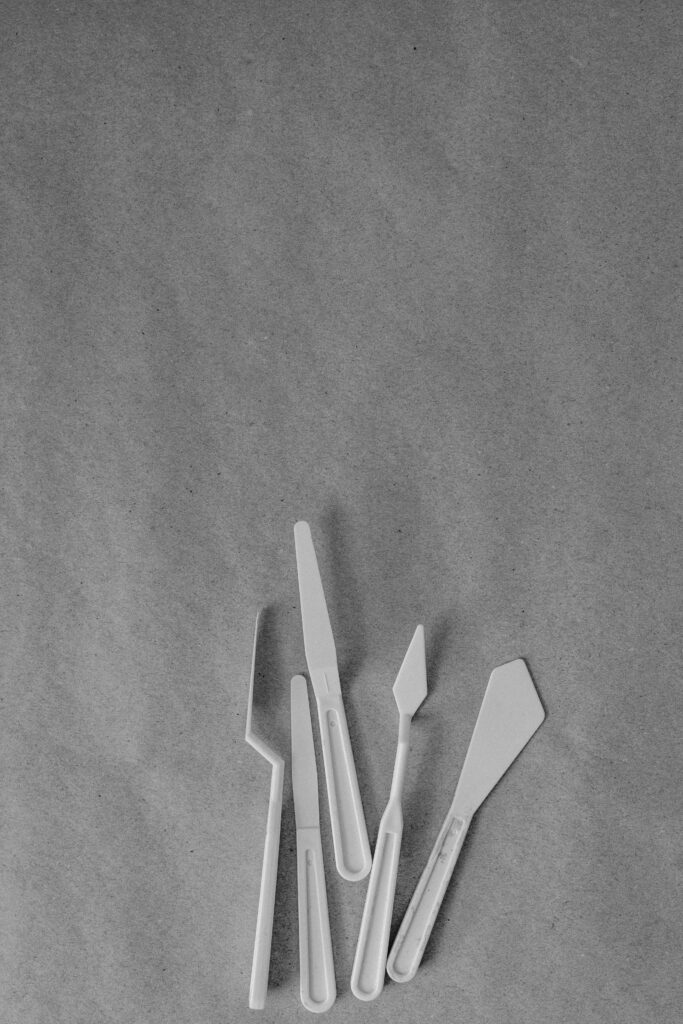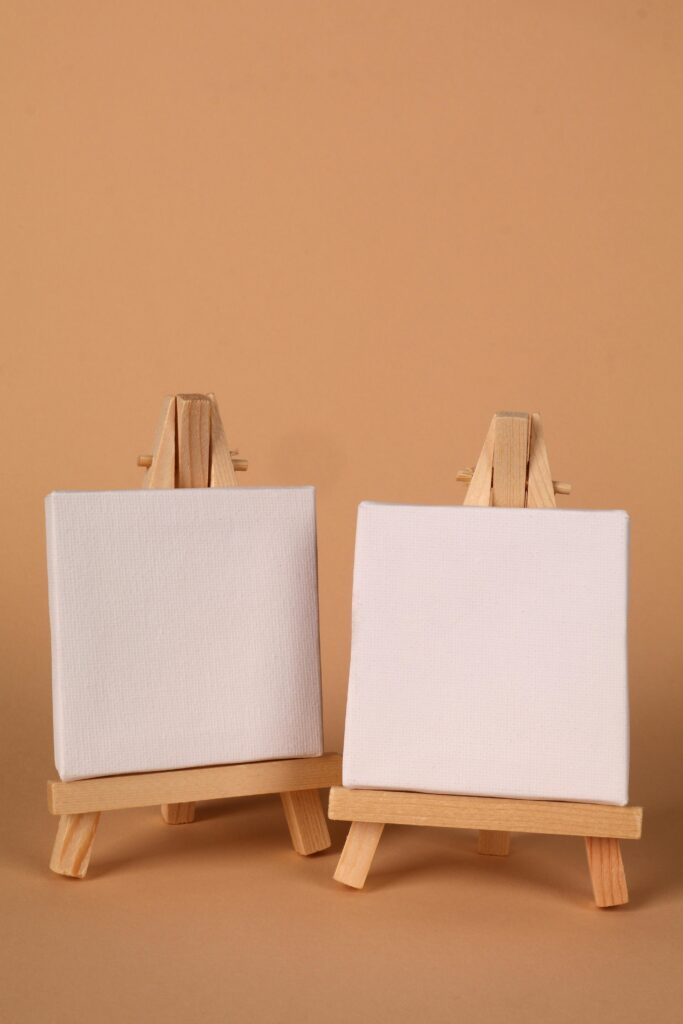What Happens to Your Art After It’s Sold (and Why You Should Track It)

Out of sight doesn’t mean out of story. The moment your artwork leaves your studio, its journey doesn’t end , it simply changes hands. Yet most artists stop thinking about a piece the minute it’s sold, as if its value or relevance disappears with the transaction. In truth, that’s when an entirely new chapter begins, one that can quietly influence your career in ways you might not realize.
Tracking where your art goes and who owns it isn’t just record-keeping, it’s reputation-building. Every artwork that finds a new home adds a small thread to your professional narrative. Collectors move, galleries change names, exhibitions get archived , and if you lose track, you lose proof of your work’s reach. Those details matter later, when you’re applying for grants, residencies, or retrospectives.
Artists who maintain an archive of sold works tend to have stronger leverage and visibility. They can reference collections, share provenance information, and prove the long-term value of their art. It signals professionalism, but more importantly, it protects your legacy. You don’t want your work scattered across private collections with no record of where it lives.
Think of it this way: every sale isn’t a goodbye, it’s a breadcrumb. Each collector, curator, or buyer who invests in your art becomes part of its story. By tracking those connections, you’re not just organizing , you’re documenting your growth, building trust, and keeping a tangible link to your creative evolution.
In the next sections, we’ll explore what really happens to your artwork after it’s sold, how to track its journey without feeling like a detective, and why a solid post-sale system can become one of your strongest professional assets.

The Myth of “It’s Gone Once It’s Sold”
Many artists treat a sale as the final step, but that mindset can quietly work against you. When a painting leaves your studio, it doesn’t vanish from your story. It continues to represent your work wherever it hangs, and how that piece is displayed, talked about, or referenced can influence how future collectors perceive you. Viewing a sale as a relationship rather than a transaction changes everything. It invites ongoing connection and shows you care about where your work lives.
Most collectors actually appreciate updates from the artists they support. A simple thank-you note, a quick follow-up about how the work fits into their collection, or even an invitation to a future show helps build trust. Those small gestures are remembered, and they often lead to repeat buyers or referrals. The art world thrives on relationships, not random transactions.
Over time, this habit of staying in touch creates a quiet network of supporters who feel part of your journey. They may not all post about your work online, but their conversations , the ones that happen in living rooms or at dinner tables , matter just as much. These are the invisible ripples that sustain careers long after the initial sale.
Shifting your mindset from “sold means done” to “sold means connection” can reframe how you see your role as an artist. You’re not just producing; you’re participating in a growing web of art ownership and appreciation. It’s not extra work , it’s good stewardship.
Why Provenance Protects Your Career
Provenance, the documented history of an artwork, might sound like a concern for museums or high-end collectors, but it’s just as vital for emerging artists. Every record , who bought the piece, where it was exhibited, and when , strengthens your professional credibility. Without it, your art can become detached from your name, especially if a collector resells it or a gallery closes.
Maintaining provenance gives your career a clear timeline. When galleries or curators look into your background, they see not only the quality of your work but its consistency and circulation. It also prevents confusion when similar pieces appear later in your portfolio, ensuring that your creative evolution stays traceable.
In practical terms, provenance tracking can be as simple as a spreadsheet or as sophisticated as using a cloud-based art inventory system like Artwork Archive. The key is to record details immediately after each sale , title, medium, dimensions, buyer, date, and location. The longer you wait, the harder it gets to piece things together later.
Artists who neglect this often face issues when preparing for retrospectives or publishing catalogues. Suddenly, works have vanished into private collections with no contact information. Keeping those details now saves you future headaches and can even boost resale value, as collectors prefer artists with organized records.
Think of provenance as both protection and proof , a quiet but powerful shield for your career’s authenticity.
How Collectors Shape Your Reputation
Collectors aren’t just buyers; they’re your unofficial ambassadors. The kind of people who collect your art often influences how others perceive your work. When a respected curator, architect, or cultural figure owns a piece, it subtly elevates your credibility. Conversely, anonymous or undocumented sales, though exciting at first, can weaken that traceable foundation that builds artistic prestige.
This doesn’t mean you should only sell to high-profile buyers. Rather, you should stay aware of where your art lands and who’s engaging with it. A collector who thoughtfully displays your work and shares it within their circles is offering organic visibility that no paid promotion can match. Those personal recommendations often reach exactly the kind of audience you want.
Some artists even include collectors in newsletters or private updates, sharing upcoming projects and exhibitions. It’s not marketing, it’s community. Over time, that inclusion turns buyers into advocates. They’ll speak about your work with pride because they feel connected to your evolution, not just their purchase.
In a way, collectors form an extended ecosystem around your art. The more connected and intentional that ecosystem becomes, the stronger your long-term reputation grows.

The Role of Documentation and Digital Tracking
In the digital age, tracking doesn’t have to mean piles of paperwork. Tools like Airtable, Google Sheets, or dedicated art databases make it easy to log sales, collector details, and artwork locations in minutes. Adding images, certificates of authenticity, and even installation photos builds a richer record of each piece’s story.
Digital tracking also safeguards your work against loss or misattribution. If a gallery features your piece later and forgets to credit you properly, having documented proof of authorship gives you solid ground to request correction. The same applies to resale listings or online archives , your documentation becomes your defense.
For artists who exhibit internationally, these systems are invaluable. Shipping records, customs forms, and gallery agreements can all feed into your archive. This kind of digital infrastructure signals professionalism, but it also saves you mental clutter. You no longer need to remember who bought what , it’s all there, organized and accessible.
If you want to go one step further, consider blockchain-based art registries. They’re not mandatory, but for certain collectors, having proof of provenance on-chain adds value and reassurance. It’s a modern extension of old-school documentation, giving your work both traditional and tech-based legitimacy.
Ultimately, your records aren’t just admin work , they’re your legacy in motion.
Staying Connected Without Overstepping
Many artists hesitate to reach out after a sale because they don’t want to seem intrusive. But when done with tact, post-sale communication can deepen the relationship rather than strain it. A simple message expressing gratitude or sharing where the piece has been exhibited can keep the connection alive.
Some artists create a private collector list, sending exclusive previews or updates a few times a year. This doesn’t have to feel salesy; it’s about maintaining rapport. You can even invite feedback , many collectors love sharing how a piece transforms their space or resonates over time. Those stories can become meaningful testimonials or content for future projects.
The key is balance. Avoid constant messages or direct asks. Instead, show genuine curiosity and care for where your work lives. When you treat each buyer as part of your creative circle, they’re far more likely to remain engaged , and to invest again.
Over time, these interactions turn occasional buyers into loyal supporters who champion your name even when you’re not in the room. That’s the real magic of tracking your art , it extends your presence far beyond your studio walls.
Why Tracking Builds Long-Term Leverage
Artists who keep solid records of their sold works gain an advantage that only becomes clear years later. When opportunities like museum shows, press features, or retrospective exhibitions arise, those with well-documented archives are ready , while others scramble to remember where pieces went or when they sold. The ability to instantly provide artwork histories, collector contacts, and exhibition records signals professionalism and reliability, two qualities curators deeply value.
Think of your art career as a timeline. Every sale adds a marker, every exhibition adds context. Without documentation, your timeline starts to blur. Keeping track allows you to prove continuity and growth , that you didn’t just create art randomly, but have built a consistent and evolving body of work. This level of clarity gives you leverage when negotiating with galleries or applying for grants that ask for verified exhibition and collection histories.
Collectors, too, appreciate artists who maintain clear records. It reassures them that their investment is part of a traceable story. Some even prefer buying from artists who provide documentation because it adds confidence in authenticity and value.
Tracking also allows you to notice patterns. You can see which series sells fastest, which locations attract more buyers, and how your prices evolve over time. It’s both creative history and business intelligence rolled into one. That data can quietly guide your next steps without making art feel transactional.
By building that habit now, you’re not just keeping records , you’re building long-term proof of your career’s depth, reach, and evolution.

When Galleries and Buyers Move On
It’s easy to lose track of your art once it’s left your hands, especially when galleries close, collectors relocate, or intermediaries disappear. But this is exactly why tracking matters. The art world is fluid , dealers rebrand, email addresses change, exhibitions vanish from websites , and if you’re not maintaining your own records, parts of your history can vanish with them.
Imagine trying to put together a 10-year retrospective and realizing that a dozen works have gone missing from your records because the gallery that sold them no longer exists. This happens more often than artists think. Maintaining contact information and sale records ensures you’re not dependent on others to preserve your legacy.
When galleries or collectors move on, you still have your archive , proof of where your art was shown, who purchased it, and when. That continuity allows you to tell your own story, not just rely on institutions to remember you.
Some artists take this further by reaching out to collectors every few years with a brief, friendly note , checking in, updating their records, or sharing new work. It’s not chasing sales; it’s maintaining connection and documentation. Most collectors appreciate that effort and even see it as a sign of integrity.
Your art deserves to be traceable even when others change direction. Owning your records means owning your history.
Turning Post-Sale Data into Strategy
Once you start tracking, patterns will emerge , and they’re incredibly useful. You might find that a particular color palette sells faster, or that your larger pieces move better during certain seasons. You may even realize certain price points consistently perform stronger. These insights can help you plan future collections, exhibition themes, and even your workload throughout the year.
This isn’t about turning art into analytics, but about learning from your own creative footprint. The data you gather , who buys your work, where they’re located, what they gravitate toward , can reveal where your audience truly lives and how they connect with your art.
Some artists use these insights to refine how they tell their story. If you discover that collectors are drawn to the emotional narratives in your artist statements, you might lean into that more intentionally. Or if you see a pattern in which galleries generate more serious buyers, you can focus your energy on those networks.
Over time, this approach saves you creative burnout. You’ll stop guessing what “works” and instead create with both heart and informed awareness. The data doesn’t replace intuition , it supports it.
Every detail you record helps shape a smarter, more grounded strategy for how you grow, price, and share your art moving forward.

Protecting Your Work’s Legacy
Art has a way of outliving its maker, and how well your legacy holds up depends on how organized your records are today. Many artists with incredible careers end up with fragmented histories because their documentation was scattered or lost. Tracking where each piece goes ensures your work remains identifiable, verifiable, and tied to your name for generations.
When your archive is organized, curators and collectors decades from now can piece together your contribution accurately. This affects how your art is valued, referenced, and remembered. An artist’s reputation doesn’t only rest on the work itself but on the clarity of the record that follows it.
Even something as simple as keeping certificates of authenticity and digital copies of sales receipts makes a difference. If your work ever enters secondary markets or auction houses, those documents maintain integrity and prevent disputes about authorship or origin.
You’re essentially writing your future biography, one record at a time. Each note, image, and confirmation helps preserve your presence in the larger art narrative.
Think of tracking not as admin, but as self-archiving , a quiet form of legacy building that protects your story from fading away.
How to Start Without Overwhelm
If you’ve never tracked your artwork before, start simple. Don’t worry about building a massive system overnight. Create one document , a spreadsheet, notebook, or art management app , and begin listing what you know: titles, buyers, sale dates, and locations. Fill in missing details as you remember them. Progress is better than perfection here.
The hardest part is getting started, but once you do, it becomes routine. You can update your records monthly or every time a sale happens. Over time, it becomes second nature , part of your creative process rather than an afterthought.
You can even turn tracking into something enjoyable. Add images, notes about the creation process, or little anecdotes about where a piece went. It’s like curating your own living timeline. When you look back years later, those notes will remind you how far you’ve come.
